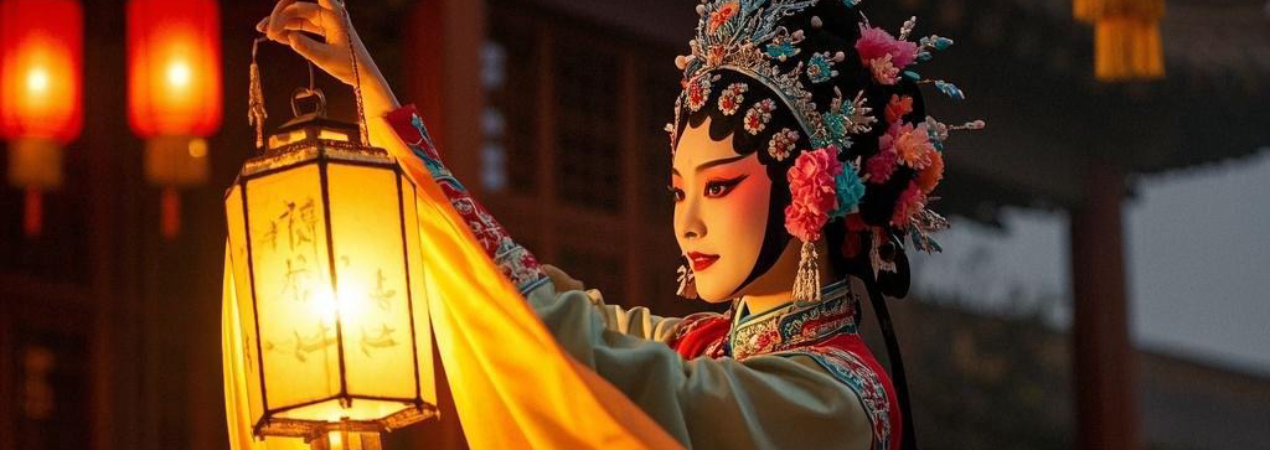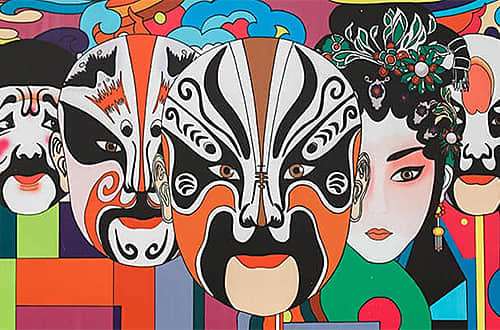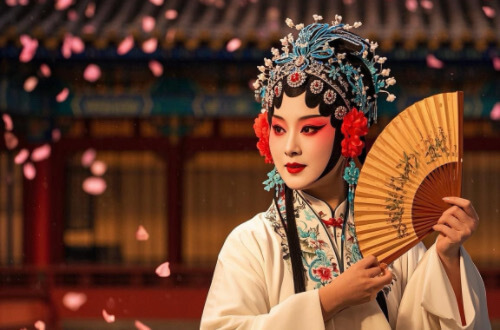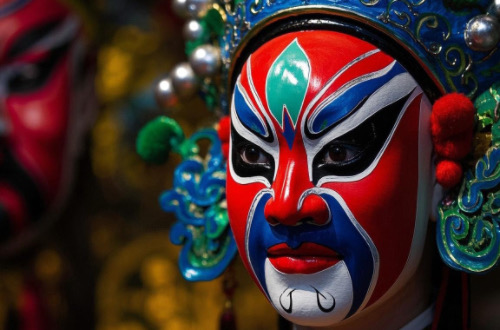Yu Opera / Henan Opera

Yu Opera is fascinating for its vibrant and colorful art form. As time goes by, Yu Opera has not only become an important part of Henan's heritage but also captivated people with its unique style and profound storytelling. Now, let's explore the charm of Yu Opera from its history.
The History of Yu Opera
Yu Opera is the largest local opera genre in China. In 2006, statistics from the national cultural department, there were 167 state-owned professional Yu Opera troupes. It had the largest number of professional opera troupes and practitioners in the country after the 21st century. At its peak, almost every province (autonomous region, municipality directly under the Central Government), including Tibet, had professional Yu Opera troupes, with more than 300 in number, and the number of amateur Yu Opera troupes was countless. Yu Opera was formerly known as "Henan Bangzi" or "Henan Gaodiao". The name "Yu Opera" was initially a general term for all opera genres in Henan. It was not until the autumn of 1947 that the press in Luoyang, Kaifeng, Lanzhou, and Xi'an used this term specifically to refer to Henan Bangzi.
Regarding the origin of Yu Opera, it's very difficult to verify and there are different theories. Some people say that after Qinqiang and Puzhou Bangzi were introduced into Henan at the end of the Ming Dynasty, they combined with local folk songs and ditties to form Yu Opera. Others claim that it developed directly from the 'Xian-suo tune' of northern opera. Another theory is that it developed on the basis of Henan's folk singing art, especially on the basis of the fashionable ditties that prevailed in the Central Plains area since the middle and late Ming Dynasty, absorbing artistic achievements such as 'Xian-suo'.
During the Qianlong period of the Qing Dynasty (1736 - 1795), Bangzi opera was already popular in Henan. Relevant records can be found in documents from this period such as 'Qiludeng' and 'Qixianzhi'. Bangzi Opera was thriving back then in Kaifeng and Qixian and was performing with Luo and Juan operas. They were all termed 'Bang-Luo-Juan'.
After the 1911 Revolution, Henan Bangzi was performed more often in cities. At first, Yu Opera was performed in well-known teahouses in Kaifeng. After that, teahouses and theaters for performing Henan Bangzi successively emerged in cities such as Zhengzhou, Luoyang, and Xinyang. In rural areas, it was a must-perform opera during temple festivals. In some regions, most of the performances were Henan Bangzi.
From the late 1920s to the 1930s, the development of Henan Bangzi entered a new stage. During this period, Henan Bangzi theaters emerged in Kaifeng, and many famous artists such as Chen Suzhen, Chang Xiangyu, Zhao Yiting, and Peng Haibao were concentrated in Kaifeng. Later, the Yu-sheng Drama Society was established with Fan Cuiting as the leader. The Yongle Stage was renamed the Yu-sheng Theater. The Yu-sheng Drama Society abolished some unreasonable systems of the old opera troupes, innovated in performance and stage art, and performed classic plays created by Fan Cuiting.
After the founding of New China (1952), on the basis of Henan Bangzi, through continuous reforms and innovations of several generations of old artists, it was officially renamed "Yu Opera". This marked a qualitative leap in Yu Opera art and also marked the beginning of the all-round prosperity of a mature opera art.
 Beijing Opera
Beijing Opera  Kun Opera
Kun Opera  Sichuan Opera
Sichuan Opera  Huangmei Opera
Huangmei Opera